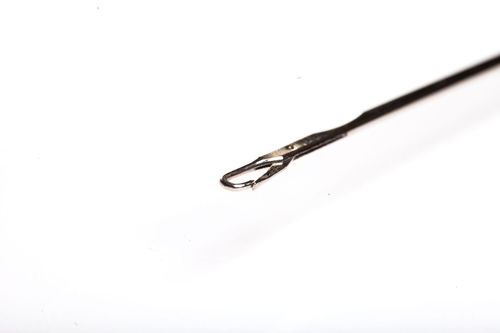Content:
Worm fishing, an age-old technique that has stood the test of time, is a beloved pastime for anglers of all skill levels. The simplicity and effectiveness of using worms as bait make it a popular choice for catching a variety of fish species. However, to truly excel in this art, one must master the skill of adjusting the bait float, or bobber, to perfection. In this article, we delve into the ins and outs of how to tune your float for optimal performance.

Understanding the Bait Float
The bait float is a crucial component of worm fishing, as it allows you to present the bait at the desired depth and detect subtle movements of the fish. It comes in various shapes, sizes, and buoyancies, each designed for different fishing scenarios. The key to successful worm fishing lies in understanding how to choose the right float and how to adjust it properly.
Choosing the Right Float
The first step in mastering the art of worm fishing is selecting the appropriate bait float. Here are some factors to consider:
- Size: The size of the float should match the size of the worm you are using. A larger float is ideal for larger worms, while a smaller float is better for smaller worms.
- Buoyancy: The buoyancy of the float determines how deep the bait will be presented. Heavier floats will suspend the bait closer to the surface, while lighter floats will allow it to sink deeper.
- Visibility: A float with good visibility will help you spot even the slightest movements of the fish.
Adjusting the Float
Once you have the right float, it's time to adjust it. Here's how to do it:
- Attach the Float: Begin by attaching the float to your line using a bobber stop or a slip sinker. Make sure the float is securely fastened and not prone to sliding down the line.
- Add Weight: Next, add weight to the line above the float. The weight should be enough to keep the float afloat but not so much that it pulls the bait too deep. A good rule of thumb is to add weight until the float is just barely visible above the water surface.
- Adjust the Depth: To change the depth at which the bait is presented, you can either add or remove weight from the line. Adding weight will make the float sink deeper, while removing weight will bring the bait closer to the surface.
- Fine-Tuning: Once you have the desired depth, make small adjustments by adding or removing a tiny amount of weight. This will help you fine-tune the presentation and ensure the bait is in the perfect spot for the fish.
Techniques for Detecting Bites
Adjusting the float is just one part of the equation. To successfully catch fish using this technique, you need to be able to detect bites. Here are some tips:
- Observe the Float: Pay close attention to the float. Any sudden movement, whether it's a quick dip or a slow pull, can indicate a fish has taken the bait.
- Use Sensitivity: A sensitive float can help you detect even the smallest bites. Try using a float with a fine tip and a light line to enhance sensitivity.
- Practice Patience: Bites can be subtle, especially when using worms. Practice patience and don't set the hook too quickly. Wait for a clear indication that the fish has taken the bait before pulling the rod.
Conclusion
Worm fishing is a rewarding and enjoyable activity that can be mastered with practice and the right techniques. By selecting the appropriate bait float and adjusting it to perfection, you can present your bait at the ideal depth and increase your chances of catching fish. Remember to observe the float closely, use sensitivity, and practice patience. With these expert tips on how to adjust the bait float, you'll be well on your way to becoming a master worm fisherman. Happy fishing!












